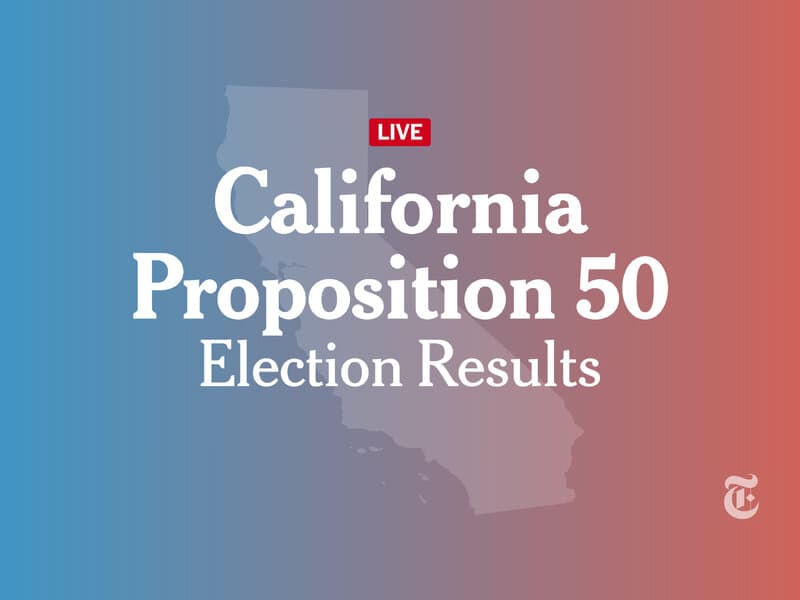California Voters Approve Proposition 50, Paving Way for Up to Five New Democratic Congressional Seats

Sacramento, California – Polls have officially closed across California following a statewide special election on November 5, 2025, with early projections indicating the passage of Proposition 50. This ballot measure, a significant redistricting initiative, is poised to reshape the state's congressional map and could lead to the creation of up to five new Democratic-leaning U.S. House seats. Election analyst Rob Pyers marked the occasion on social media, stating, > "Polls have now closed in California, so here's a handy spreadsheet of some past key topline results by county. https://t.co/bfiT3uxmd0"
Pyers' tweet, shared as voting concluded, provided historical county-level data, offering valuable context for observers analyzing the outcome of Proposition 50. Such detailed regional results are crucial for understanding voter sentiment and the geographic distribution of support or opposition for the controversial measure. The spreadsheet likely serves as a reference point for comparing current trends with past electoral performances across California's diverse counties.
Proposition 50, championed by Governor Gavin Newsom and the state's Democratic leadership, was presented as a direct response to Republican-led redistricting efforts in other states, particularly Texas. Supporters argued the measure was necessary to counterbalance partisan gerrymandering nationally and ensure fair representation in the U.S. House of Representatives. The initiative temporarily overrides the independent redistricting commission, allowing the state legislature to draw new congressional lines.
The approval of Proposition 50 is expected to have significant implications for the 2026 midterm elections and beyond. Analysts suggest the new map, effective through the 2030 elections, could solidify Democratic control in several key districts. The measure’s passage underscores a broader national battle over congressional district boundaries, with both major parties actively seeking to gain electoral advantages through redistricting.